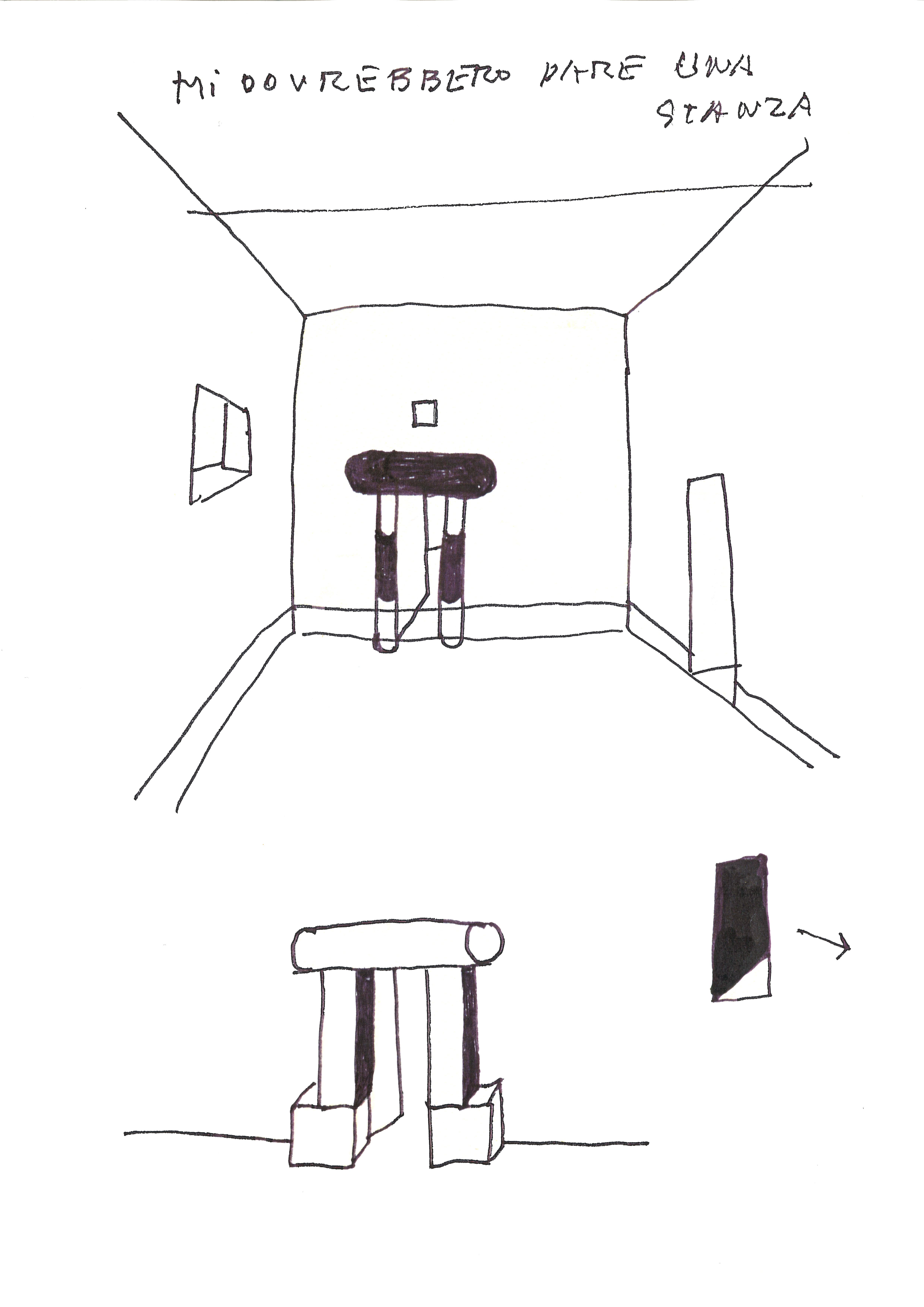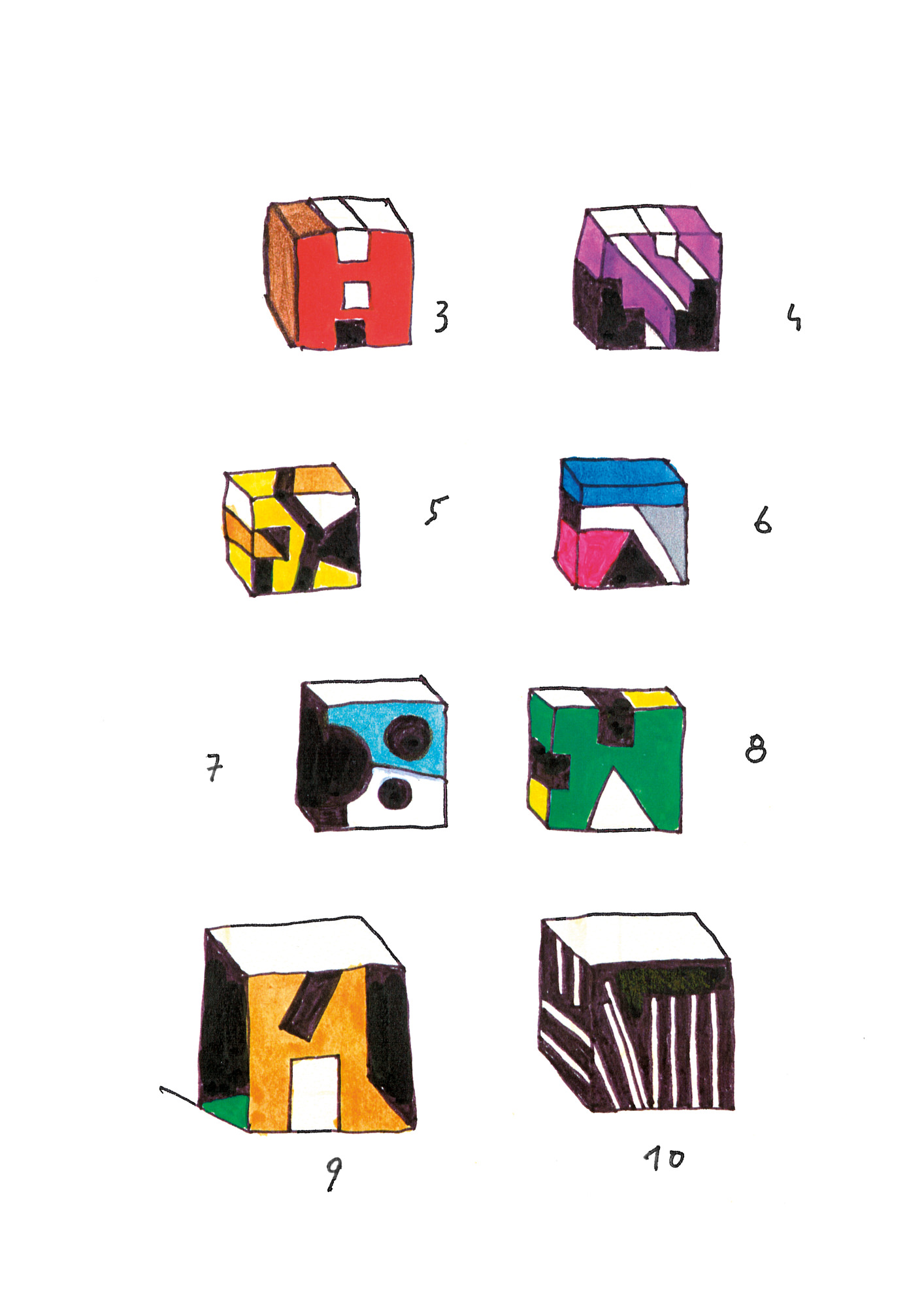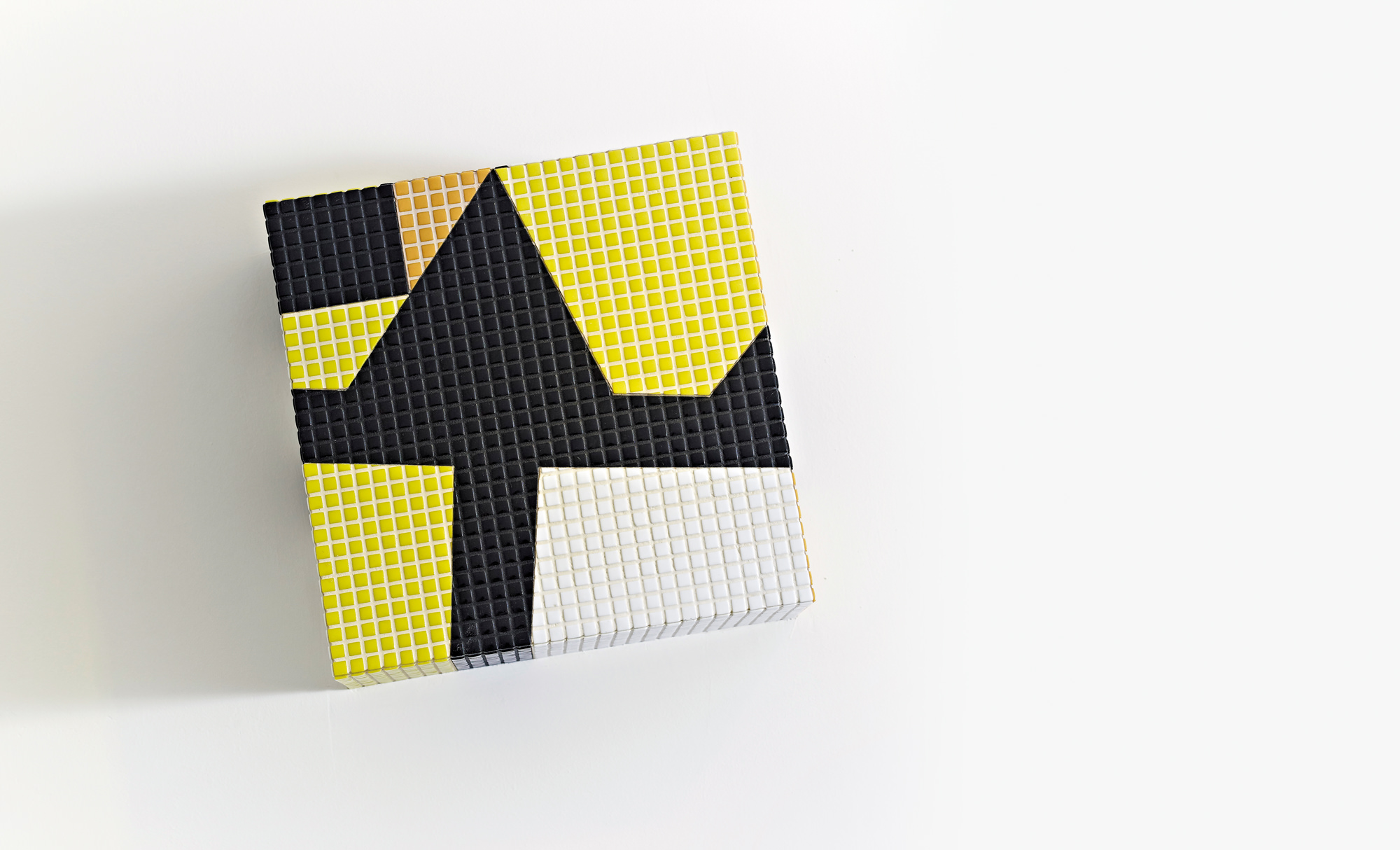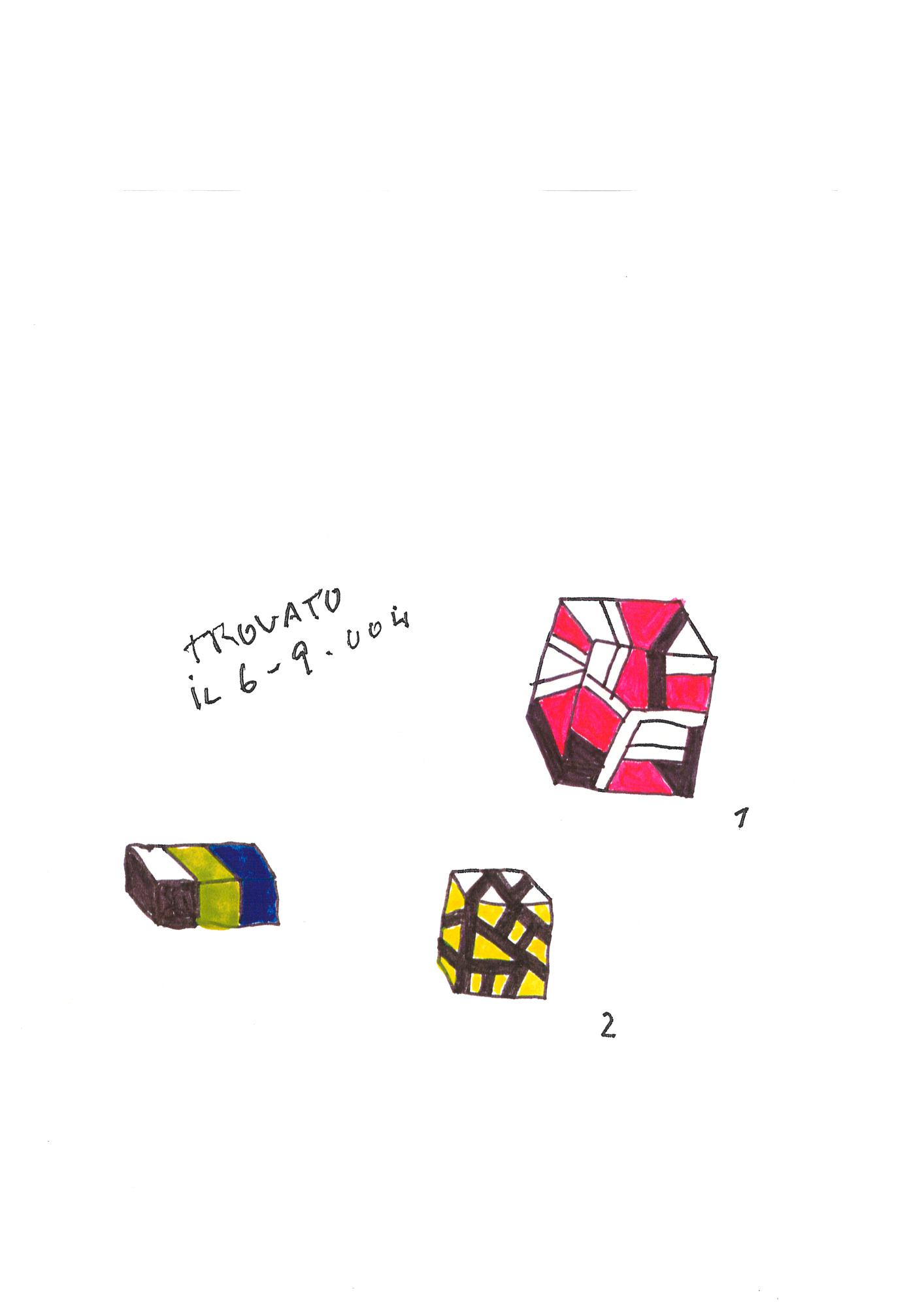Rediscovered Fragments of Mosaic
Ettore Sottsass
A site-specific installation created specifically for the small, angular room that houses it, Rediscovered Fragments of Mosaic was one of Sottsass’s last projects before his death in 2007 at the age of 90. It concluded a career that saw him crowned as one of the true maestros of twentieth-century Italian design, most notably thanks to his collaboration as a consultant for Olivetti (where he designed Italy’s first computer, Elea 9003) and his founding of the Memphis group in 1981. The latter shook up the design world with colourful, original objects endowed with a new expressivity.
While Sottsass may have been both nonconformist and distinctly avant-garde, his creation for the Bisazza Foundation harks back to antiquity, referencing the incomplete fragments of mosaics unearthed on archaeological sites. It also provided something of a technical challenge. “Each of the different boxes that make up the work was extremely difficult to make,” explains Piero Bisazza. “It’s a very minimal installation, but with a very complex geometry. We had to cut the mosaics to extremely small micro-proportions in order to exactly recreate the diagonal lines of Sottsass’s designs.”
Sometimes ancient mosaics are discovered underground intact, depicting all the fish in the oceans, girls in bikinis playing ball, or warriors of all kinds; or narrating the story of Achilles in hiding dressed as a woman or the nymphs trying to seduce poor Ulysses; or displaying complicated decorations, each more complicated than the last.
Sometimes mosaic floors are discovered underground intact, or almost, but sometimes not; sometimes only fragments are found.
I have always been fascinated by fragments – orphic fragments, fragments of the poems of Sappho, fragments of ancient cities that no longer exist, fragments of temples, traces left by poets, philosophers, bards, artists, sculptors, painters, architects, utopians... who knows? They are the traces of a long procession of women, men, tribes, peoples.
Of their dreams, time has left but a few memories; a few faint and often mysterious memories. I am fascinated by the presence of fragments, permanent signs of the fragility of existence. I thought that I could approach design bearing in mind the nature of fragility rather than chasing after the hope of a final victory, a heroic victory, over time.
Ettore Sottsass





